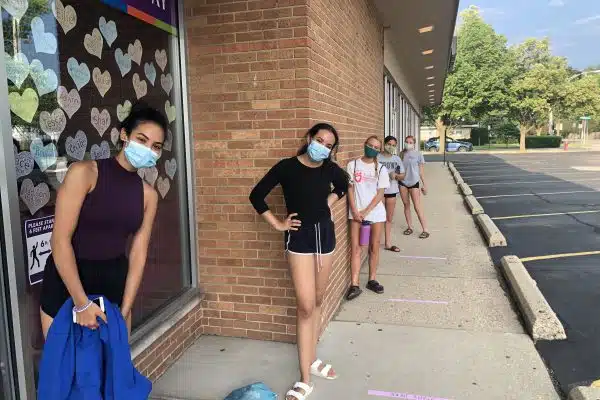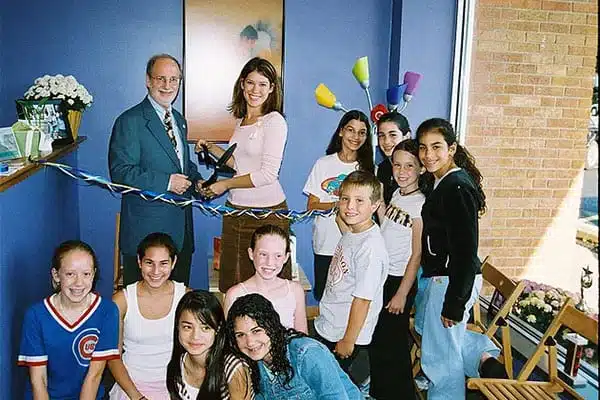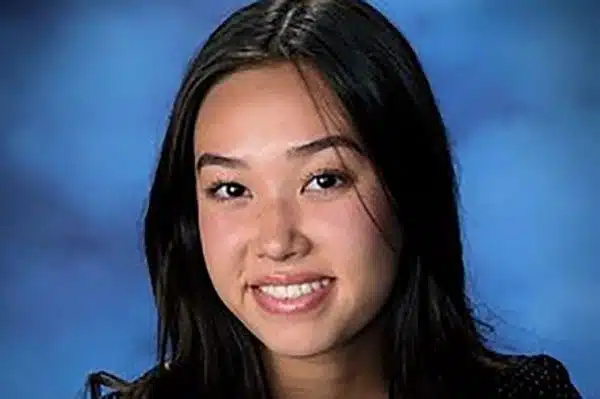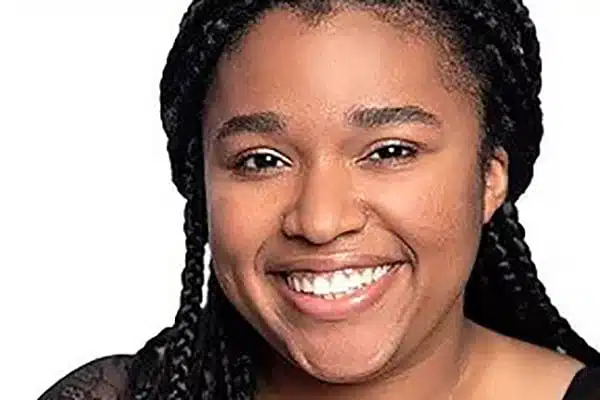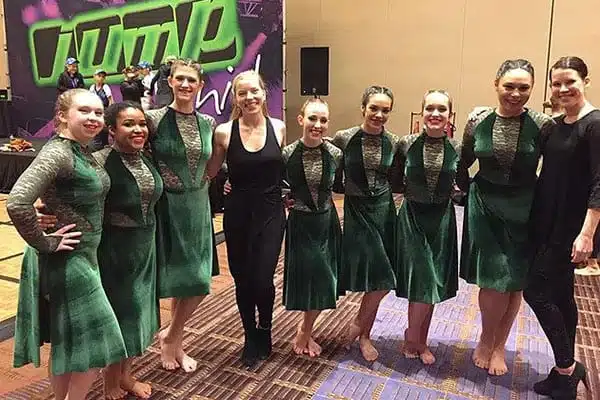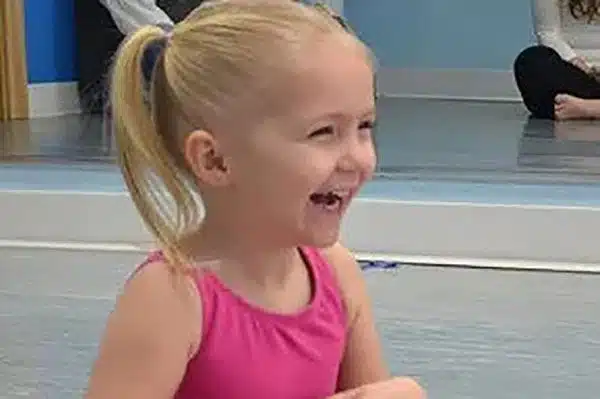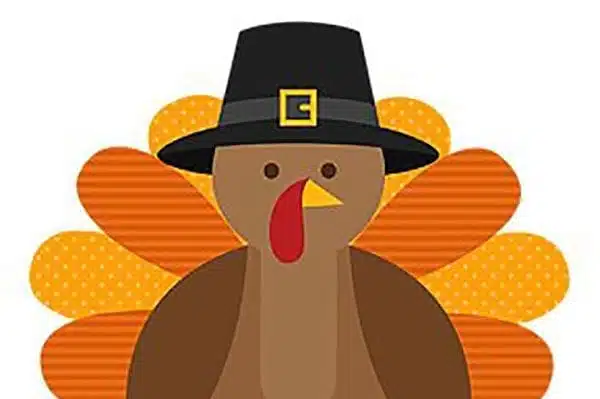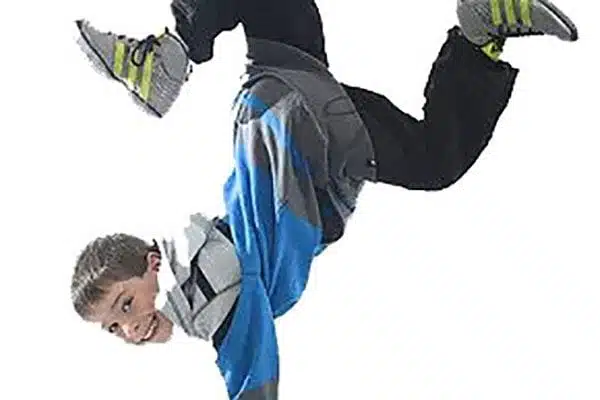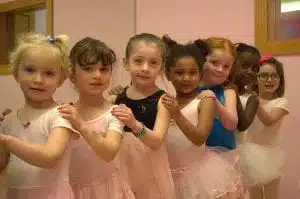
We do have a few tricks up our sleeves to ensure our young dancers have the best time out on that stage – here are a few that we use:
-
Running the choreography a few times at the end of class! Little ones do not have the patience to repeat a dance over and over for the entire class. That is why we still have a well- rounded class where we work on technique and at the very end of class, we run the dance.
-
Practicing entering and exiting the stage. We use a very long piece of blue tape, which will be present on stage, so that our younger dancers have a point of reference when they enter a new, unfamiliar stage. When entering stage, we pretend to be a choo-choo-train with a conductor and a caboose. We explain that we have to stay connected and follow the conductor. This helps the dancers stay in order. Once they hit that blue tape, they make “airplane arms” and spread out.
-
Lights up and black out. We talk with our dancers extensively about how it will be dark onstage when they enter and hit their opening pose. Once they hit that pose the lights will come up and at the end of the dance, we explain they must hold until “black out”, when the lights have gone off. We want all our dancers to be comfortable and not scared onstage.
-
Audience vs. performer. First, we talk about what each role does. An audience watches, claps, etc. A dancer has lots of energy, uses facial expressions, and dances their little hearts out. We let them know that they will not be able to see their mom or dad, but they are out in the audience ready to cheer and clap when their dance is over.
-
Instructors help dancers with their dance. During the performance. you will see your dancer’s instructor in the first row of the theater, helping and cheering your dancer on. This helps dancers feel comfortable and safe onstage.
All of these tricks combine, and a little bit of magic on performance day, I’m confident our little ones will make us proud!
